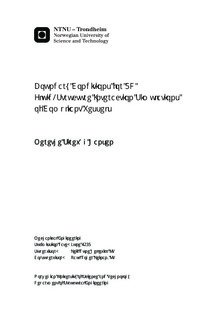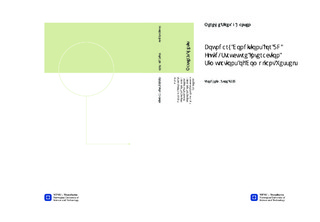| dc.description.abstract | The goal of this study was to investigate different outlet boundary conditions for a straight compliant tube, by the means of fluid-structure interaction simulations. In addition to investigating boundary conditions it was desirable to see how different parameters, like time step, grid refinement and CFL-number would influence the results. Simulations were run with different time steps and grids. Changing these parameters had only minor influence on the results of the simulations, except for very small time steps, when the simulations would not converge. Four different boundary conditions were tested at the outlet: A reflection free boundary, an imposed reflection factor of 0.9, a two-element Windkessel model and a three-element Windkessel model. The reflection free model gave almost no reflections, while the simulation with a reflection factor of 0.9 gave the imposed amount of reflections at the outlet. For the reflection free case, comparing the results with simpler, analytical solutions gave poor accuracy, because the assumption of Poiseuille flow was invalid. Changing the velocity profile at the inlet from uniform to parabolic improved the accuracy. The two-element Windkessel model was not able to model a reflection free outlet. Reflections would occur even when the parameters were chosen to give a theoretically reflection free outlet. This was improved by using the three-element Windkessel model. When choosing parameters that would theoretically give zero reflections, the amount of reflections was very low. | nb_NO |

